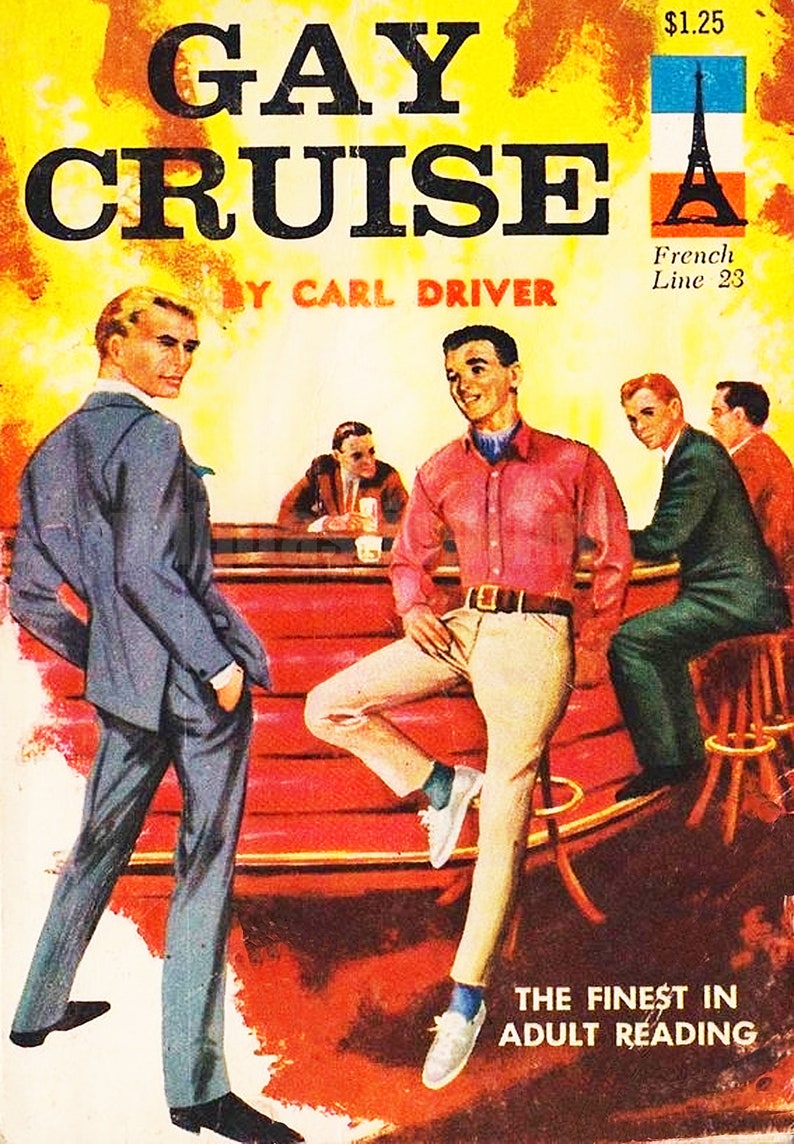Dawn Turner Trice’s recent Chicago Tribune article, “Gay rights battle puts strain on parties,” has created a stir. Trice noted that Geno Zaharakis of Cocktail, a gay bar at 3359 N. Halsted, does not allow bachelorette parties. Neither does the popular nightspot Sidetrack (next door at 3349 N. Halsted) , co-owned by Art Johnston, who was quoted in the article. The story disrupts the popular mythology about the bond between gay men and straight women, and it shines a new spotlight on the gay-marriage movement, which has seen significant advances. Is the ban a sign of things to come, and what does it tell us about the historical relationship of gay bars to their neighborhoods and their clientele? Windy City Times spoke to the principal people involved and a historian of gay political life.

Zaharakis said that he had made the decision to ban bachelorette parties five years ago after dealing with a particularly unruly group, and was motivated partly by the behavior of straight women at his bar. As he put it, “I was at the bar and a couple of women came in, got rowdy, were kind of disrespectful to our patrons and treated [the bar] as a carnie show. We’re not. [And] I don’t feel that it’s fair or just for women to come in and celebrate their upcoming marriage or nuptials when I, a gay man, can’t get married and celebrate his upcoming nuptials because I don’t have equal rights.”
Johnston stated that the reasons for Sidetrack not hosting bachelorette parties had to do with the rowdiness of straight women at the events: “Because of their behavior, they are not among our most favorite clients.” He added, “We don’t ban anybody. We just don’t offer any particular packages or programs for bachelorette parties. Other bars do, and they do a fine job offering those services.” Michelle Fire of Big Chicks said in an e-mail, “We have had no problem with bachelorette parties.”
Given that wedding season is coming up, and the state of the economy, it seems unlikely that too many bars will follow Cocktail and Sidetrack’s example. Even if this does not turn out to be a sweeping trend, the bar owners’ decisions open a host of questions about the relationship of gay bars to their neighborhoods. Zaharakis describes his establishment as a neighborhood bar. Jennifer Brier, assistant professor of history and gender and women’s studies at the University of Illinois at Chicago, noted that, historically, gay bars have been sites of specific forms of exclusion such as race and gender expression based on clothing. She said that in the ’40s and ’50s, when gay bars were not owned by gay people but usually by the mob, gays and lesbians had to wear whatever clothing was deemed appropriate for their sex and “there was a fear of police harassment. There was incredible state and police surveillance.”
According to Brier, while there were more openly gay and less restrictive bars through the 1970s, in that period “many gay men of color discuss being consistently excluded from bars that were overwhelmingly white. Marlon Riggs talks about it in Tongues Untied. It wasn’t uncommon for them to be told they needed two or three pieces of identification to get into a bar, as opposed to what white clients were asked for. In fact, in the 1980s, ACT UP NY regularly said that it wouldn’t hold fundraisers at bars that were known to be racially exclusionary.”
Brier, a feminist, was also struck by some aspects of bachelorette parties that appear to have gone unnoticed in the mainstream coverage of the Cocktail ban. She said, “I’m disturbed by what it means that they can only have these parties in gay bars. It appears that there’s no space for any kind of female sociability in a straight bar; it’s all sexualized. Why couldn’t these young women just go to a straight bar in Lincoln Park? I’m not prudish, and I’m also not suggesting that getting drunk and losing control of your sensibility is a good way of being in the world. But, clearly, these women desire a kind of sexual freedom that has no space in heterosexual institutions. That, for me, suggests that women are not able to safely have a kind of freedom of sexual expression in straight spaces. That’s intense. But instead of looking at those issues, we’re concerned with this story of exaggerated behavior around certain bodies, with gay men being pawed and straight women being so tragically drunk that they can’t control themselves.”
Brier also questioned what aspects of gay marriage in particular would incite such a ban. As she put it, “I understand the symbolism of the ban, and the argument. But is this what we really see as emblematic of marriage’rowdy bachelorette parties?”
As for what kinds of bodies are referred to in this recent controversy, one category of marrying people has been left out of the picture: lesbians. So far, there’s no word on how lesbians conduct their bachelorette parties and whether or not their parties get as rowdy and if their presence might be as threatening to the decorum of gay bars and/or the institution of marriage. For now, Zaharakis plans on continuing his ban, despite the occasional complaint from straight women: “Everyone’s entitled to their opinion, and I’m entitled to serve whom I want to serve.”